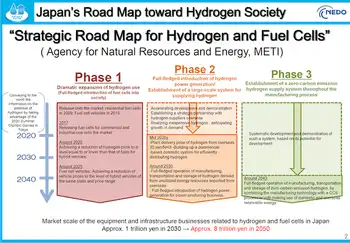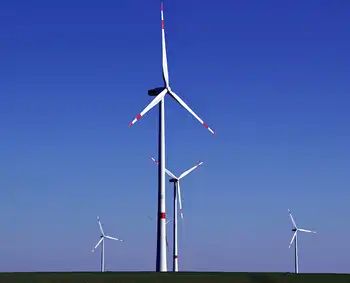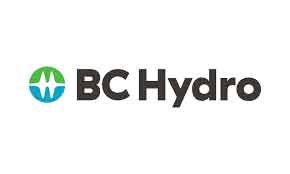Europe agrees to plans to liberalize energy market
By Industrial Info Resources
NFPA 70b Training - Electrical Maintenance
Our customized live online or in‑person group training can be delivered to your staff at your location.

- Live Online
- 12 hours Instructor-led
- Group Training Available
Following the vote, the new package of measures will not force major utilities to relinquish control of their power generation and power distribution businesses.
Since 2007, the European Commission has been pushing to force large national utilities like France's Electricite de France and Germany's E.ON AG to separate their generation and distribution businesses in order to create more competition in the energy market. If successful, the measures would have meant state-dominated power generation companies could not also own the transmission grid.
However, this week's liberalization package has stopped short of forcing them do so.
The so-called "third energy package" voted on by the majority of members of parliament now offers countries in the European Union three options to deal with their energy giants. These include full ownership unbundling, the creation of an independent system operator or establishing an independent transmission operator.
Full ownership unbundling would force national utilities to sell off their gas and electricity grids, leading to the creation of separate transmission system operators that would handle all network operations. The other two options would be easier for many dominant national utilities to swallow.
Member states can opt to allow energy companies to hand over control of their transmission network to a separate body, an independent system operator, but still retain ownership. The third option, the independent transmission operator model, lets energy companies keep their integrated supply and transmission businesses intact but forces them to abide by a strict set of rules that keeps both businesses operating independently. Member states now have 18 months to put one of the three options into effect.
"This is about getting a better deal for both consumers and businesses," said Energy Commissioner Andris Piebalgs. "Consumers will benefit from better protection and the lowest possible prices, while companies will have a chance to gain more business in a competitive market. A clear regulatory framework for a functioning internal gas and electricity market will help the EU to meet the challenges of climate change, increased energy import dependence and global competitiveness."
European Commission President Jose Manuel Barroso said, "This is a major step towards a truly integrated European energy market, and the right European Union response to the structural challenges we face. It is good news for business and citizens alike who need competitive prices and security of energy supply. The adoption of the internal market proposals shows that Europe can deliver on its promises."
While the largest utilities may have dodged a bullet when it comes to retaining ownership of their power generation and transmission businesses, the new package has given European consumers more power.
Among the new measures, customers will be able to change their gas and electricity suppliers within three weeks and free of charge, receive a final closure account within six weeks of switching suppliers, receive all relevant gas and electricity consumption data and be eligible for compensation if service quality levels are not met.











